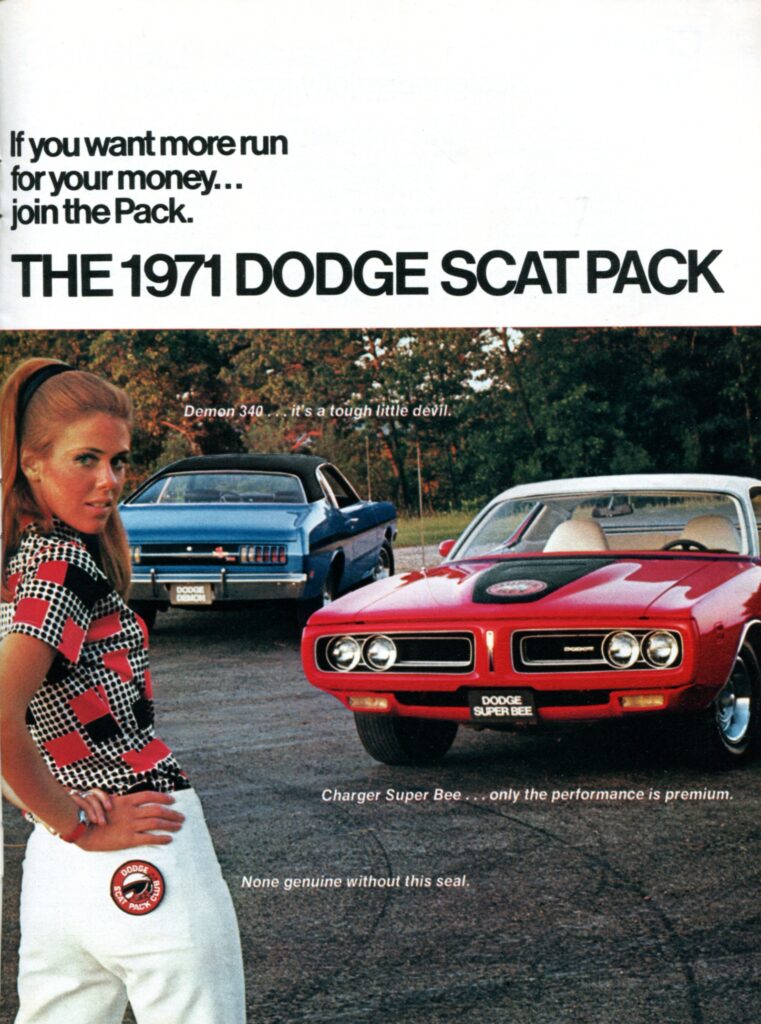Background
The world of marketing and advertising has existed since the birth of the consumer and the late capitalist market. This area of the economy has operated as the wheel of many if not all organizations and has led to many companies’ success and failure. Marketing, as defined by the American Marketing Association(2013), “is the activity, set of institutions, and processes for creating, communicating, delivering, and exchanging offerings that have value for customers, clients, partners, and society at large.” Advertisements make up a large portion of that industry and are crucial in order to communicate offerings to customers on a societal level. The ethos of marketing is to persuade consumers to buy.
The automobile industry has been using advertisements since its conception to promote the newest and best technological innovations. As technology has changed over time so has the cultural climate and the consumer to who the companies were marketing. The ads that were being run and the key points to drive home to get consumers to buy drifted away from the car and the spotlight shifted to the consumer. Marketers were determined to use the portrayal of the American Dream to promote sales, and with the promotion of the American Dream came the promotion of traditional gender norms. Goffman theorized that gender was a social construct and that it changed with society’s notion of gender. The concepts of gender that were created were then reinforced through visual and textual clues. These clues and portrayals of men and women helped to solidify norms. The advertisements, which Goffman highlighted, reinforced traditional masculine and feminine roles(Goffman 1979). Over time those clues were then used to change the portrayal of gender and now new progressive gender norms are becoming more mainstream through the use of visual and textual clues embedded in ads.
